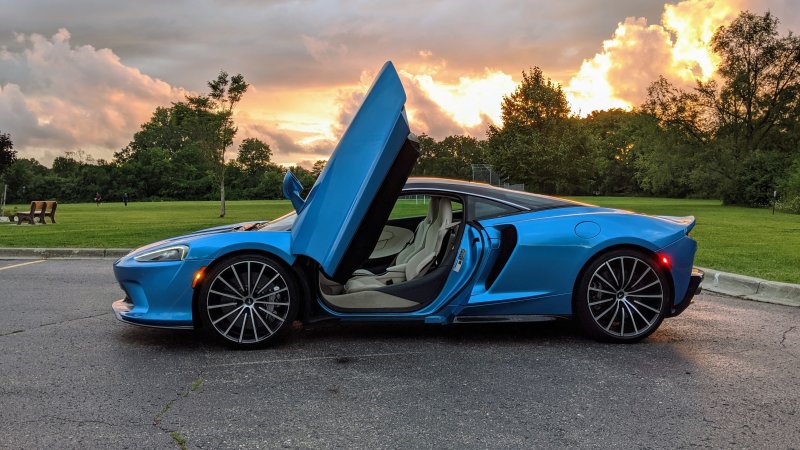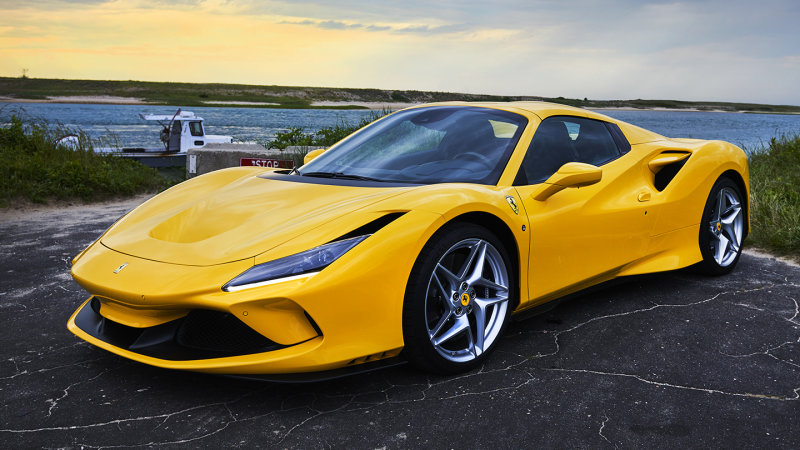Late last night, Leica announced the Q2 ($4,995) to wild American applause and approving German nods. The company’s greatest modern success story finally has a sequel. To tell the truth though, about three weeks earlier in the meeting where Leica gave me a loaner unit, which was sitting on a conference room table for five minutes before I realized that it was, in fact, the new Q2. I promise that’s a good thing.
What made the original Q so good was that it wasn’t minimal for minimalism’s sake and it wasn’t as feature-packed as alternatives from Sony or Fujifilm. It was just this goldilocks of a camera that was intuitive enough to make you want to pick up and shoot and produced images that were so good that they made you want to keep going. It justified (or at least made a really good attempt at justifying) a price north of $4,000. Plus, on the other side, it made many of the longtime M rangefinder users that I know think slightly differently about what a Leica has to be in order to satisfy those who talk endlessly about the “Leica look.” Can a “real Leica” have autofocus? An electronic viewfinder? (Gasp) A fixed lens?!
At the core of what made the Q great was not only the fact that it asked these questions that are paradigm shifting for a company that has been famous for making (nearly) the same product for 50 years, it’s that it went a really long way towards answering them.
Does the Q2 ask new ones? Does it re-re-define what a Leica could be? Or does it prove that there’s a reason Leica’s really only famous for the M instead of the million other cameras it’s made? I had a couple of weeks with the camera to find out.
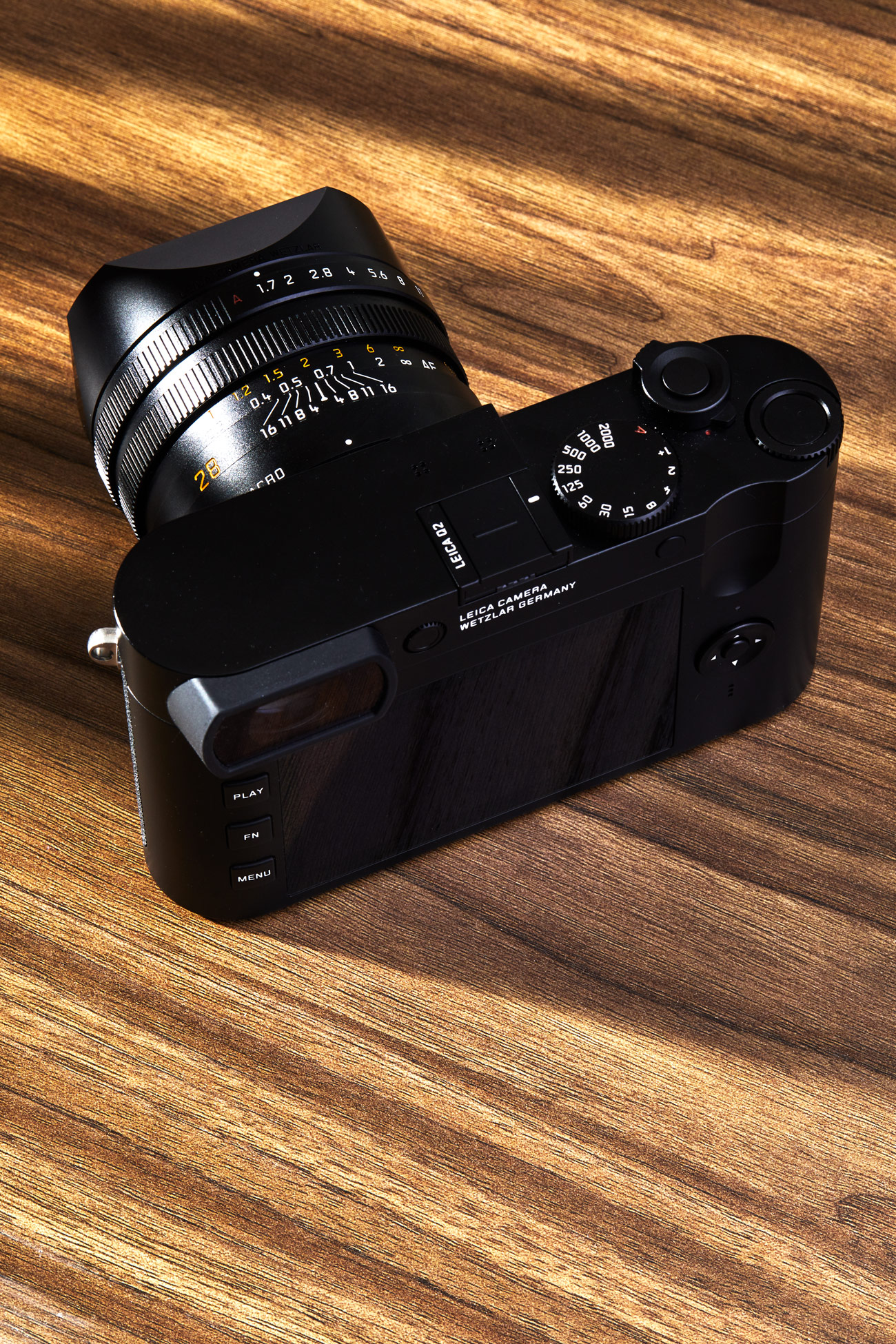
Just about all of the physical changes between Q and the Q2 are visible in this photo. The far-right control dial is borrowed from the CL, the new power switch is borrowed from the M10, the diopter-control has been moved to a less bump-able place, the menu buttons have been simplified and squared-off, and there’s a cute little “2” engraved on the hot shoe now.
The Good: As it turns out, Leica nailed the sophomore album by basically releasing a remastered version of the first. The original Q was great — with some notable faults — and the Q2 Leica does it’s best to address them.
On the UI/UX side menus and button interfaces are cleared up, gone is the stupid power switch that always sent you into continuous shooting mode, the WiFi connection is infinitely better (largely thanks to Bluetooth LE). The IP52 splash- and dust-sealing is a welcome addition.
Then there’s the actual shooting experience. There’s a massive new 47-megapixel sensor that helps things like the Q’s signature “rangefinder digital crop” feature work much better (and include a 75mm equivalent crop that still leaves you with a 7-megapixel image). The 28mm f/1.7 stabilized lens is as great as it ever was, not stumbling at all when presented with nearly twice the resolution. Rounding out the operation is the new Maestro processor which manages to push those crazy big files around just as fast as before.
Generally, the great part about the Q2 is it doesn’t mess with the special sauce that made the original Q so great. The manual/automatic mix, the EVF, the lens, the size, the speed, the portability — it’s all still there, and it’s fully up to date.
Who It’s For: Honestly, basically everyone who wants a Leica and is thinking logically. Don’t get me wrong, the M10 is an astounding camera and the associated lenses are beautiful, but the list of drawbacks for general everyday shooting feels like it’s getting longer. [Full disclosure: because I refuse to think logically, the day Leica told me a Q2 was coming, I bought a silver M10 and a 35mm Summicron.]
Have kids? Get a Q2.
Like autofocus? Q2.
Lightweight? Q2.
Want wide open shots to actually work? Q2.
Want higher res than any Leica camera currently in existence? Q2.
Want to take travel photography that is mindless and fast enough to not make you “the camera guy?” Q2.
Want a slightly abstruse lesson on the history of photography and to use one of the most iconic and refined pieces of design on earth? Buy the M10.
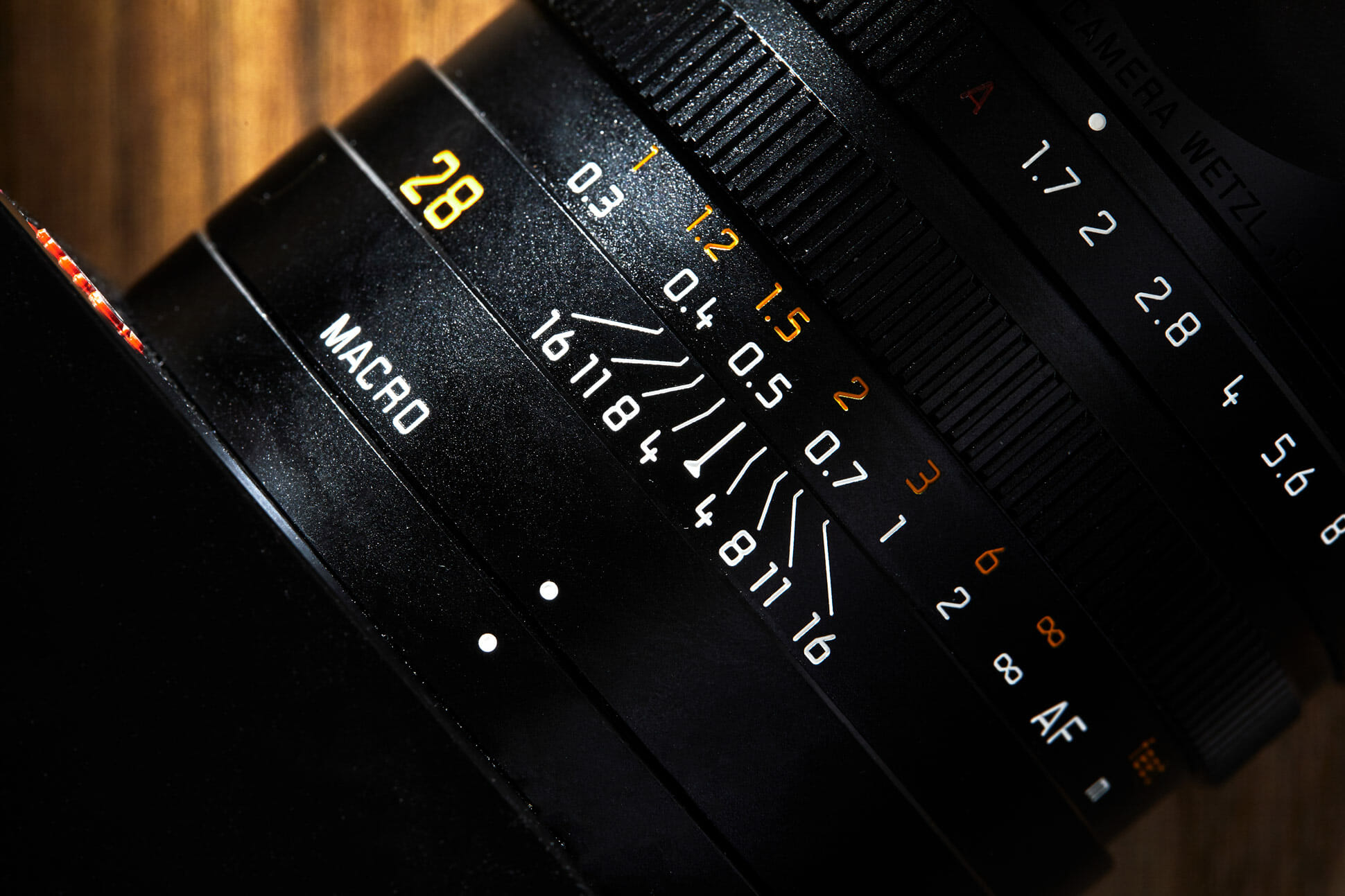
The good news? Just about everything that made the Q so charming is retained in the Q2, including the insanely pleasing way that you switch the camera into macro mode by rotating a dial on the lens.
Watch Out For: Oh come on, you knew this was coming. It’s $5,000. You could buy three Fujifilm X100Fs to throw at Youtube commenters who say the Q2 is too expensive and still come out ahead.
Aside from that, there’s not too much off with the Q2. Leica hasn’t fully embraced the idea of Instagram ready photography and in-camera JPEG settings reflect that so you’re going to have to ship that massive DNG file over to your phone and play with it a bit before it really starts to sing.
Did they really need to shoot the moon with a 47-megapixel sensor? Probably not, I think 30 would’ve been just fine but my hunch is that you’ve seen something very similar that 47 in the new Panasonic S1R you’re gonna see it in the SL2 and M11 whenever those decide to drop. I guess big is the new normal.
The only other notable foibles are that you really have to nail focus for the digital crop to feel like a useful feature and I think that in redesigning the ergonomics slightly, they made the lens a bit uglier and less elegant on the Q2 compared to the original.
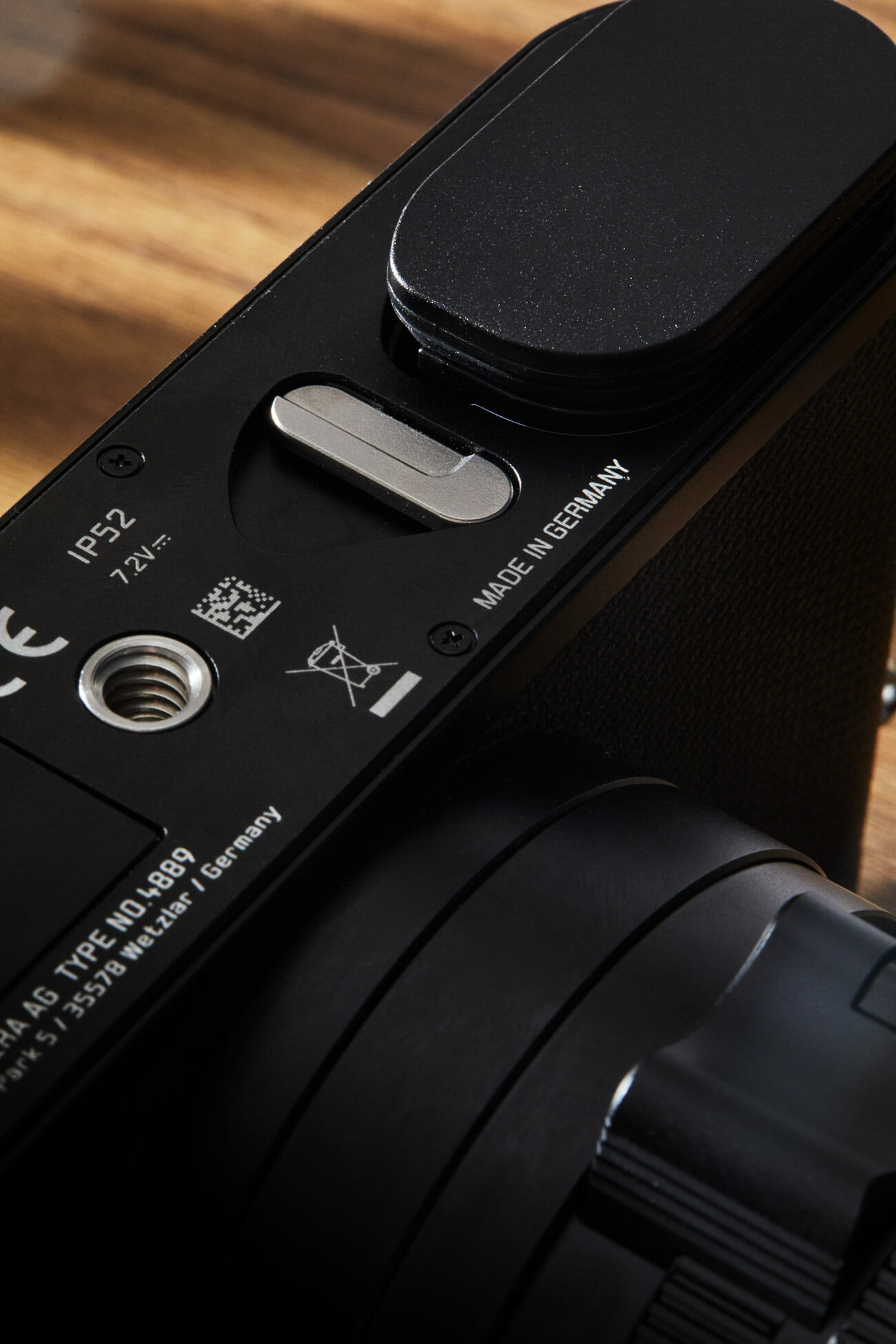
A couple fun changes on the bottom: the Q2 now uses the same battery (and battery loading system) as the SL and theres a small indicator that the camera is now IP52 splash and dust sealed.
Alternatives: Despite my jokes about X100 throwing, there actually isn’t an apples-to-apples alternative to the Q2 – and I think that’s what makes it so special. Sony does technically still sell the RX1R II but the interface isn’t particularly pleasant to use and it just feels like a souped-up point and shoot. The Fujifilm X100F is a fantastic camera that will get you the most similar shooting experience, but you drop the full-frame sensor and a bunch of resolution (if we’re being kind to the Fuji, it’s also nearly 80-percent cheaper than the Q2). The M10 is a quasi-alternative but see the abbreviated list above for why the comparison doesn’t really hold water. Perhaps the best alternative? The original Q. Because all these updates are more evolution than revolution, the Q still totally holds water — even 5 years later — and hopefully prices fall enough that it can get into the hands of more users.
Verdict: In this case, and in my time using the Q2, no news is good news. I liked the original Q so much that I didn’t really see what Leica was going to improve with the second act. Really though, they listened to critiques from Q users and addressed as many as they could. All the improvements feel iterative, deliberate and genuinely helpful to the end user. The Q was my general price-no-object recommendation for a great camera for basically everyone. The Q2 take that place no problem.
Leica hosted us and provided this product for review.
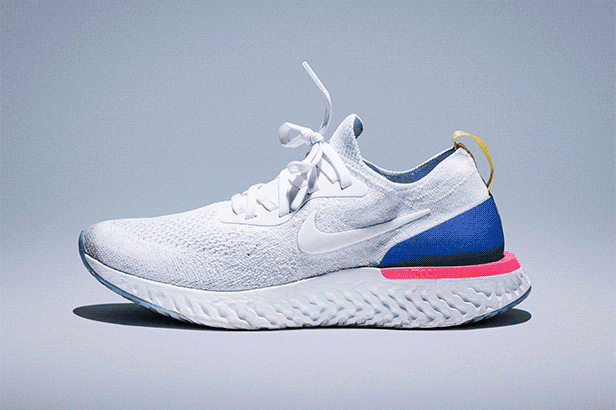
Hot takes and in-depth reviews on noteworthy, relevant and interesting products. Read the Story



